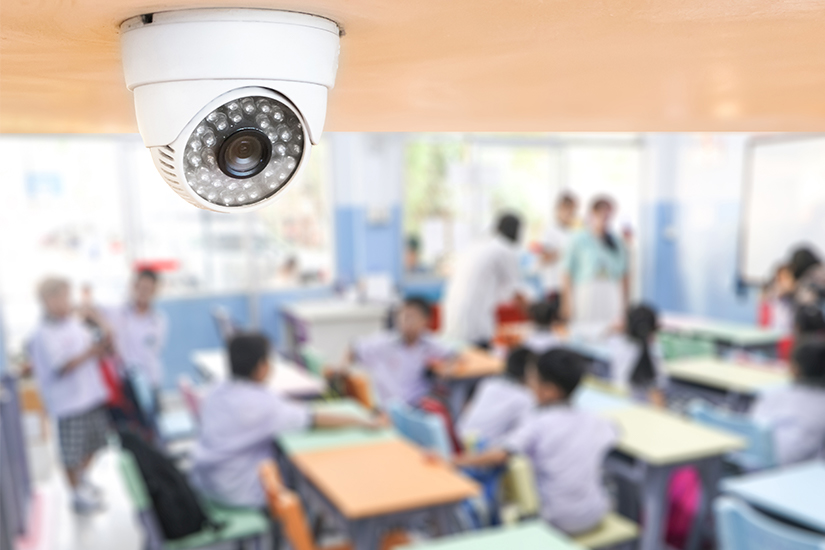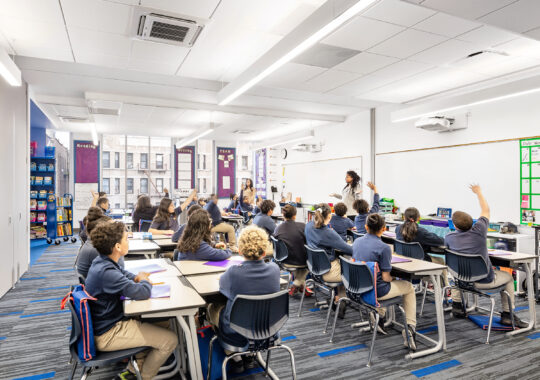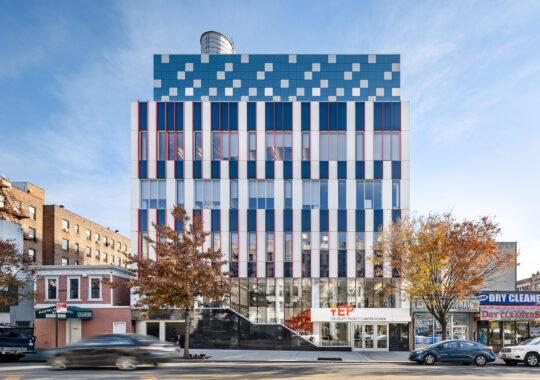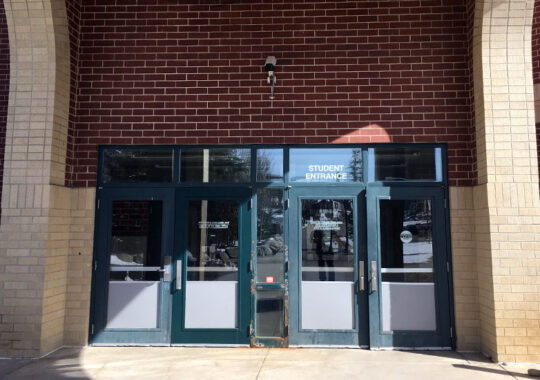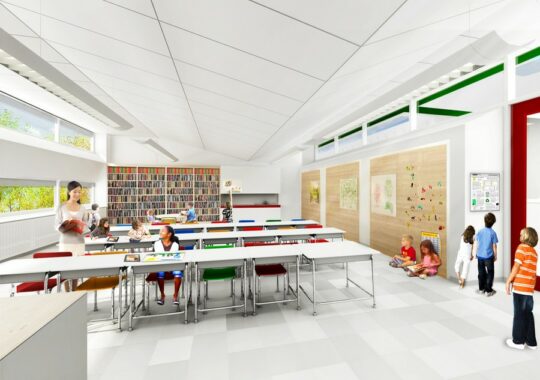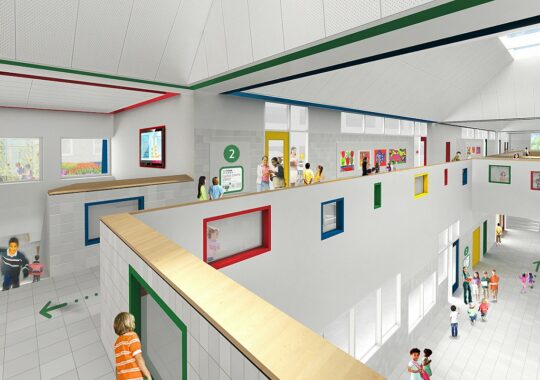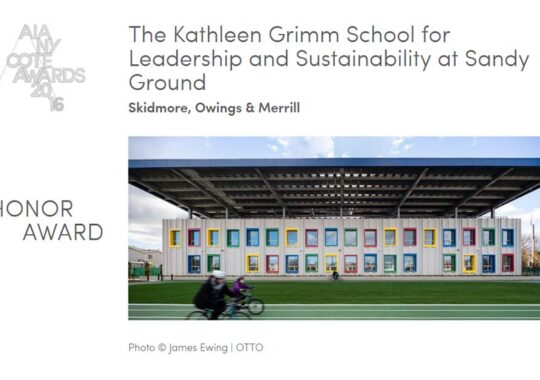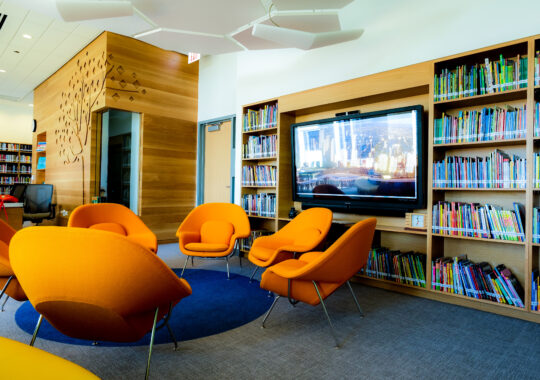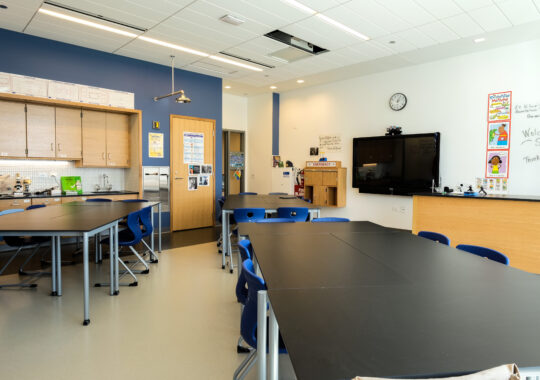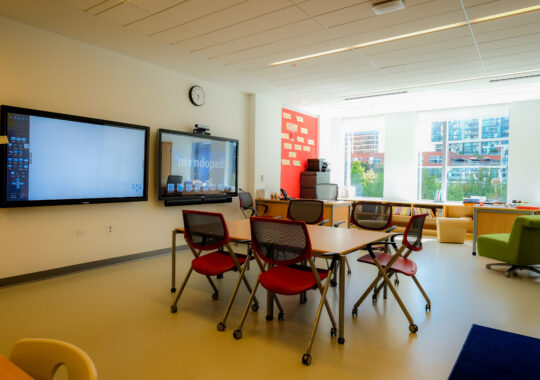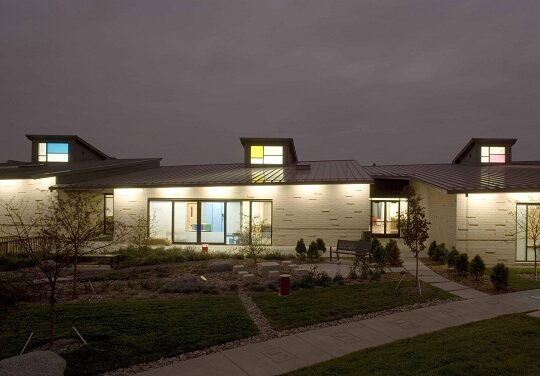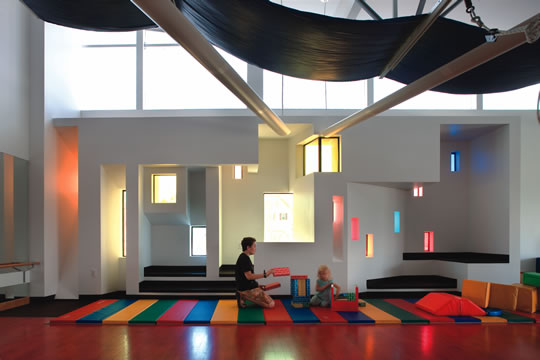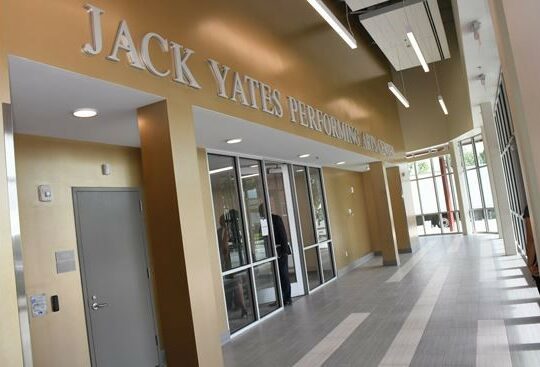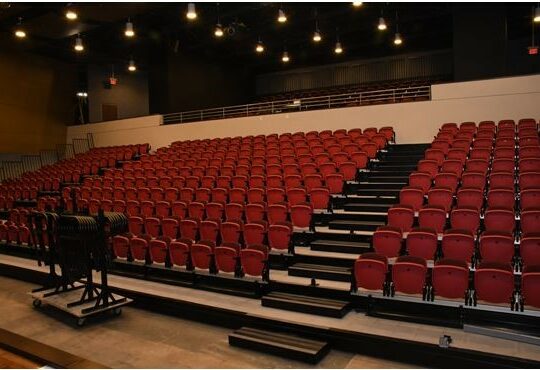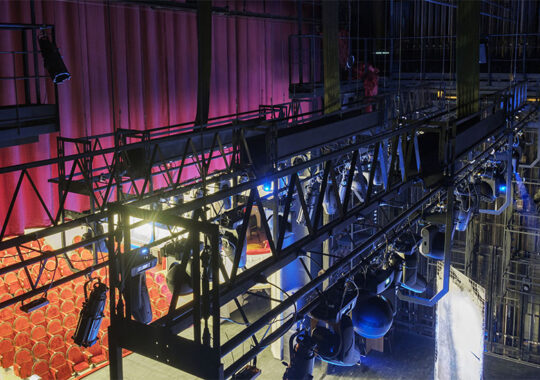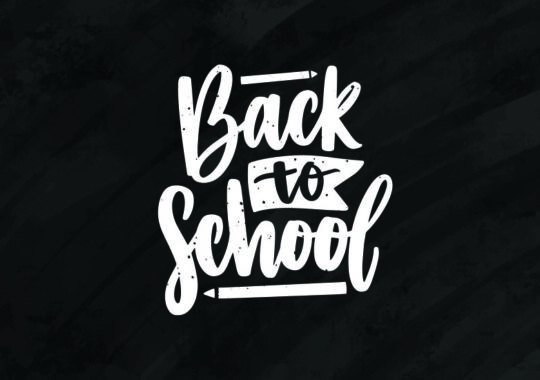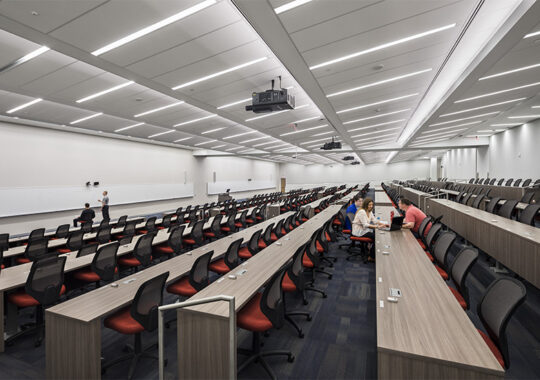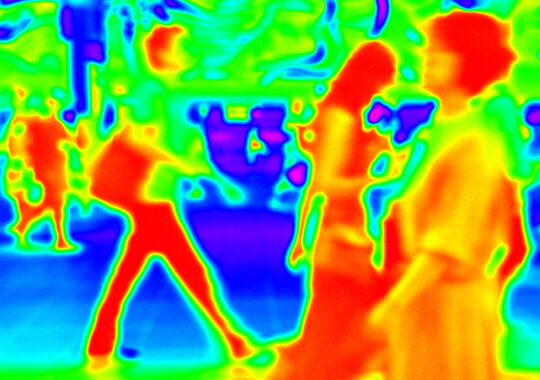School Safety and Security have always been priorities to those of us working in education within the AEC community. However, now during the pandemic, the challenges we face as designers in this market sector are more important than ever. In addition to the pandemic the world is currently fighting, there are a whole host of other challenges that we need to face and address as we move forward with each project. As a society, we send our loved ones to school, whether student or staff, with the idea that they will be safe and come home to us at the end of the day unharmed. Now, not only do we have to worry and strive to protect against physical threats and risks, but also those caused from the pandemic. As a security practitioner, I am acutely aware of threats and risks to educational spaces, but as a parent to a young daughter, I understand the added level of stress this pandemic has added in the education market sector.
Many parents are still opting to keep their children on a virtual learning schedule while others are allowing their children to attend school in-person on a semi-regular to regular basis. As design professionals, what can we do within our work to help mitigate the threats that our loved one’s face? First, we can use technology to help enforce social distancing where applicable. Everyone has heard the term “video analytics” either in passing or as buzz words in presentations or discussions within security. However, when applied correctly, video analytics can help an institution bolster their physical security posture in light of the pandemic.
When forming a new Video Surveillance System (VSS) for an educational project, the designer can include video analytics as part of the solution for social distance policy enforcement. Many manufacturers currently produce video analytics that allow operators to playback or view in real-time when the 6’ recommended social distance is being breached. These analytics show the distances between targets on the operator’s screen and can alert the operator when two targets come closer than 6’ of each other. Operators can then react to this event in various ways. They can instruct security staff to address these concerns in person and direct people to keep their distance. The system could also be set up so that the alert triggers a pre-recorded message in the targeted zone of the school’s public address system to “please keep your distance.”
These are real-time examples, but in playback, these analytics can also help to perform contact tracing. If this analytic is coupled with real-time location services (RTLS) through school credentials or facial recognition analytics in a VSS, the operator can track if someone who has been exposed to COVID has come into close contact with another person in the facility. This can also be tied to the Access Control System.
The Access Control System (ACS) can also play a large role in the school’s fight against COVID. As part of a truly integrated security management system, the ACS can provide control over spaces with regards to capacity requirements, which differ from state to state. For example, if the local jurisdiction’s requirements for a lecture hall are a maximum capacity of 50% or 100 people (whichever is less), the ACS can alert the operator as students and staff “swipe” into the room, to keep track of the number of people in the space. Perhaps the capacity information garnered from the ACS is shown on a small flat panel display outside the lecture hall and shows the current number of occupants. In this instance, when the space hits its maximum capacity, the ACS can turn the reader “off” and not allow anyone else to enter the room. This update will be shown on the flat panel display and alert the security operation center that the room is currently at capacity. Not only will this assist the school in abiding by capacity requirements, but it will also provide valuable data that the institution can use to help plan for future spaces, programs, or designs with regards to space utilization.
These are just a few things that we in the AEC industry can do to help our clients. There are many other tools, tricks, and tips out there. I am happy to be part of the ASIS International School Safety & Security Community as a steering committee member and invite everyone to take a look at the vast amount of information the organization puts out and makes available through its members. Partner Alliance for Safer Schools (PASS) is another wonderful tool to help designers, school administrators, and other individuals on how to approach school safety and security.
We need to remain vigilant in our efforts to keep our loved ones safe, and SM&W is here if you find yourself facing a challenge or are looking for ways to leverage technology across information technology, audiovisual, or security to help prepare your institution for reopening post-COVID.
